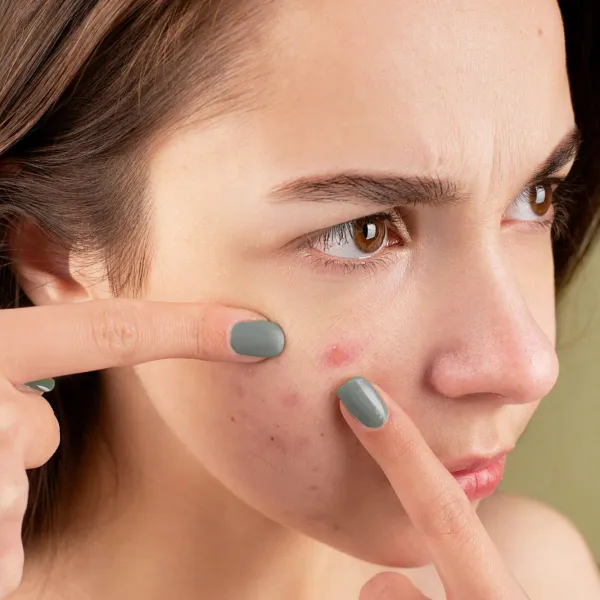
Pimple patches are becoming increasingly popular as a quick solution for pimples and blemishes. Made of hydrocolloid material, they are designed to absorb fluid and reduce surface redness. While these patches may provide an immediate visual improvement, how effective are they in truly combating acne?
How Do Pimple Patches Work?
Pimple patches are made from hydrocolloid, a material originally developed for wound healing. They work by drawing moisture from a pimple, which helps reduce swelling and redness on the surface. These patches create a sterile environment that decreases the risk of contamination, promoting the healing of individual pimples. As a result, pimples may appear smaller and less irritated overnight.
Limitations of Pimple Patches
While pimple patches provide quick relief and cosmetic improvement, they do not address the underlying causes of acne. Acne is caused by factors such as excess oil production, bacteria, and clogged pores. Pimple patches only target surface-level fluid and do not penetrate deeper to tackle these root causes. Therefore, they do not offer a long-term solution and are not suitable for consistent acne management.
Additionally, using larger patches to cover more extensive areas of acne-prone skin carries the risk of trapping bacteria and moisture. If left on for extended periods, this can lead to increased inflammation, skin irritation, or even infection. For this reason, larger pimple patches should be used sparingly and only as needed.
Alternative Acne Treatments
For a more sustainable approach to acne, proven ingredients like salicylic acid or benzoyl peroxide are effective. These ingredients target bacteria and excess oil, helping to clear pores and reduce inflammation. With regular use, they can effectively prevent the
formation of new pimples. For individuals with widespread skin issues, a consistent skincare routine with a gentle cleanser and exfoliant is beneficial. Exfoliating removes dead skin cells and excess sebum, helping to prevent clogged pores and improving skin texture. For severe acne, consulting a dermatologist is recommended to receive a tailored treatment plan.
Conclusion
Pimple patches provide a quick fix for individual blemishes, but they are not a lasting solution for acne. While they may help temporarily reduce the appearance of individual pimples, consistent care and targeted acne treatments yield the best long-term results. If
necessary, schedule an appointment with a dermatologist to develop an optimal, personalized skincare plan.


